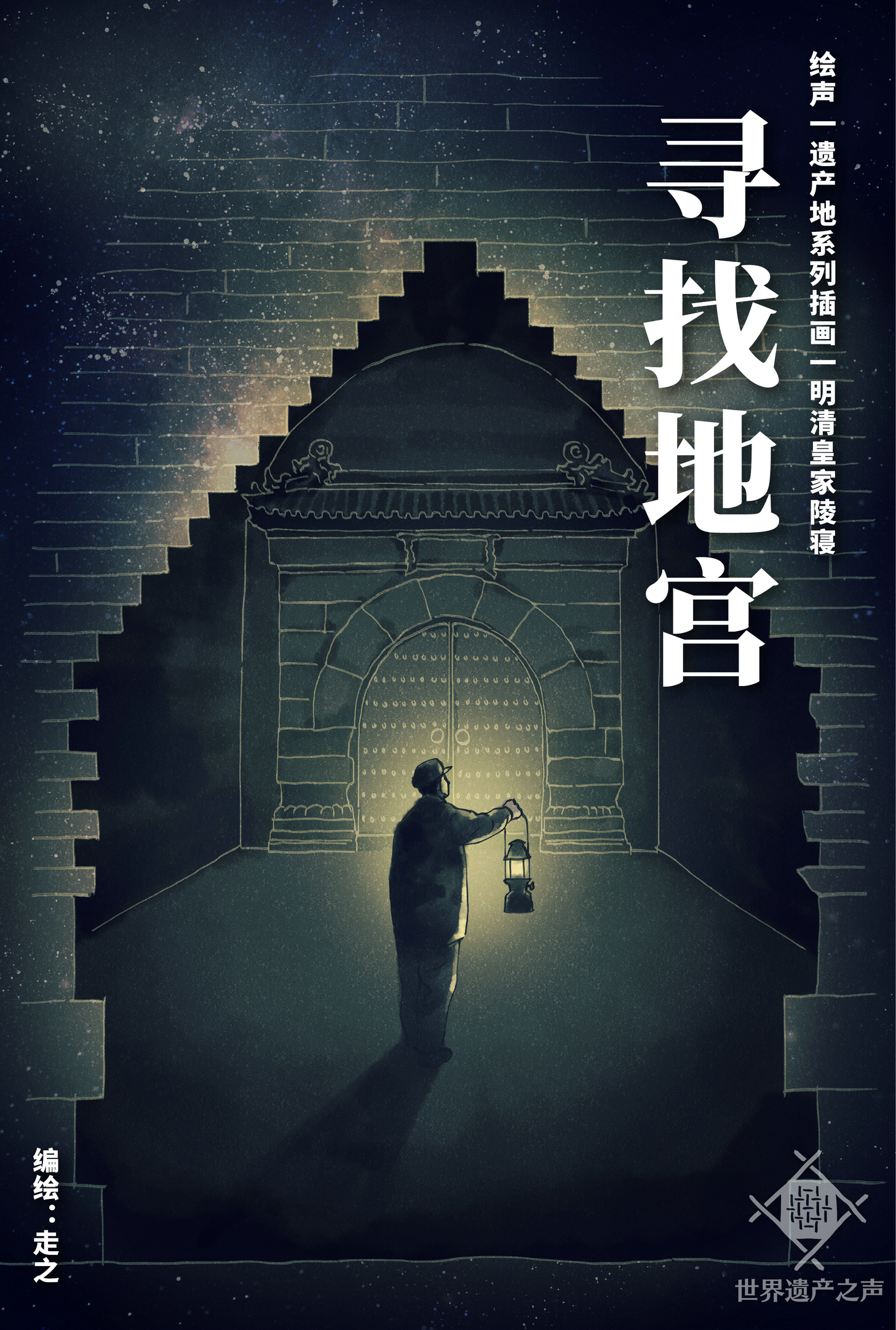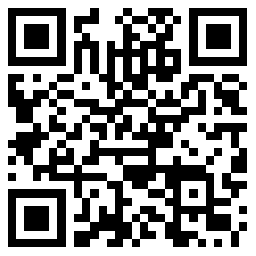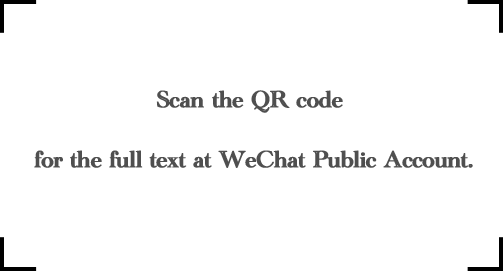
The establishment of the Changling Tomb Excavation Committee in 1955 paved the way for the only planned, active excavation of an imperial tomb primarily for the purposes of studying history and establishing a tomb museum since the founding of the People’s Republic of China. However, due to twists and turns, finally the Dingling Tomb belonging to Emperor Wanli was excavated instead. The archaeological team began excavation at the Dingling Tomb on May 17th, 1956, did not find the sealed entrance in the jingang (diamond) wall (vertical load bearing wall) until May 19th, 1957, and did not find the entrance to the underground chambers of the Dingling Tomb until one year later. Due to limited conservation technology and awareness, though the excavation of the Dingling Tomb was fruitful, its conservation became difficult and some artefacts were damaged artificially. In 1997, the State Council issued Circular of the State Council on Strengthening and Improving Cultural Heritage-Related Work, which for the first time stated that “at present, no active excavations of large-size emperors' tombs shall be carried out as there are lacks of the required conditions for the protection of cultural relics in science, technology and other means.”






